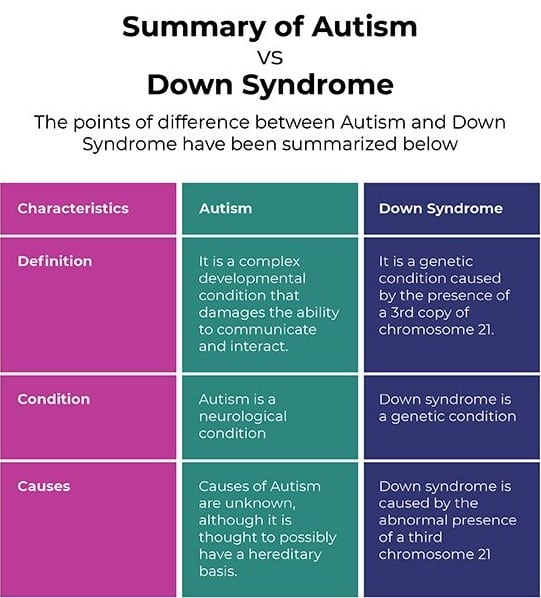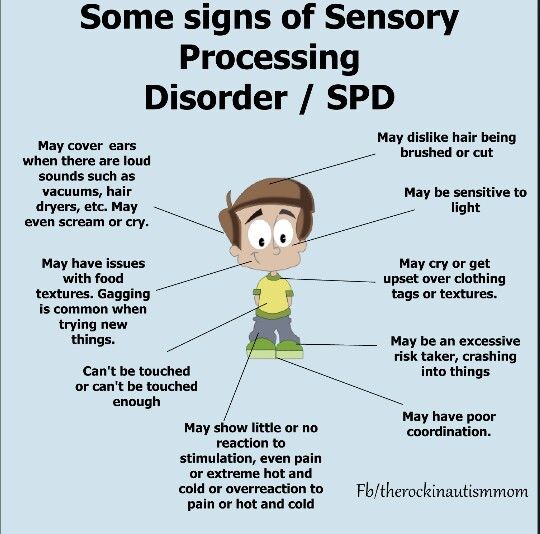There is no cure for agenesis of corpus callosum, but treatment focuses on managing symptoms and supporting affected individuals and their families. Treatment options may include:
- Early intervention services: Early intervention programs can support infants and young children with ACC to help with developmental delays and disabilities.
- Occupational therapy: People with ACC may benefit from occupational therapy to enhance their motor abilities, coordination, and capacity for daily tasks.
- Speech and language therapy: People with ACC can enhance their communication abilities and overcome linguistic barriers with speech and language therapy.
- Behavioral therapy: Behavioral therapy can help individuals with ACC learn coping skills and manage their emotions and behavior.
- Medications: In some cases, medications may be prescribed to help manage symptoms such as seizures or anxiety.
It’s important to remember that treatment for ACC is highly individualized, and what works for one person may not work for another. The long-term prognosis for individuals with agenesis of the corpus callosum can vary widely depending on the severity of their condition and the individual’s ability to manage their symptoms.
In conclusion, agenesis of corpus callosum is a rare congenital condition resulting in various symptoms, including developmental delays, motor and sensory deficits, and cognitive and behavioral difficulties. While there is no cure for ACC, early diagnosis and intervention can help individuals with this condition manage their symptoms and achieve their full potential. Goally, a tablet that provides fun and interactive learning opportunities, is a helpful tool for children with ACC to build life and language skills in a supportive and engaging way.
Editor’s note: This information is not meant to diagnose or treat and should not take the place of personal consultation, as needed, with a qualified healthcare provider and/or BCBA.













